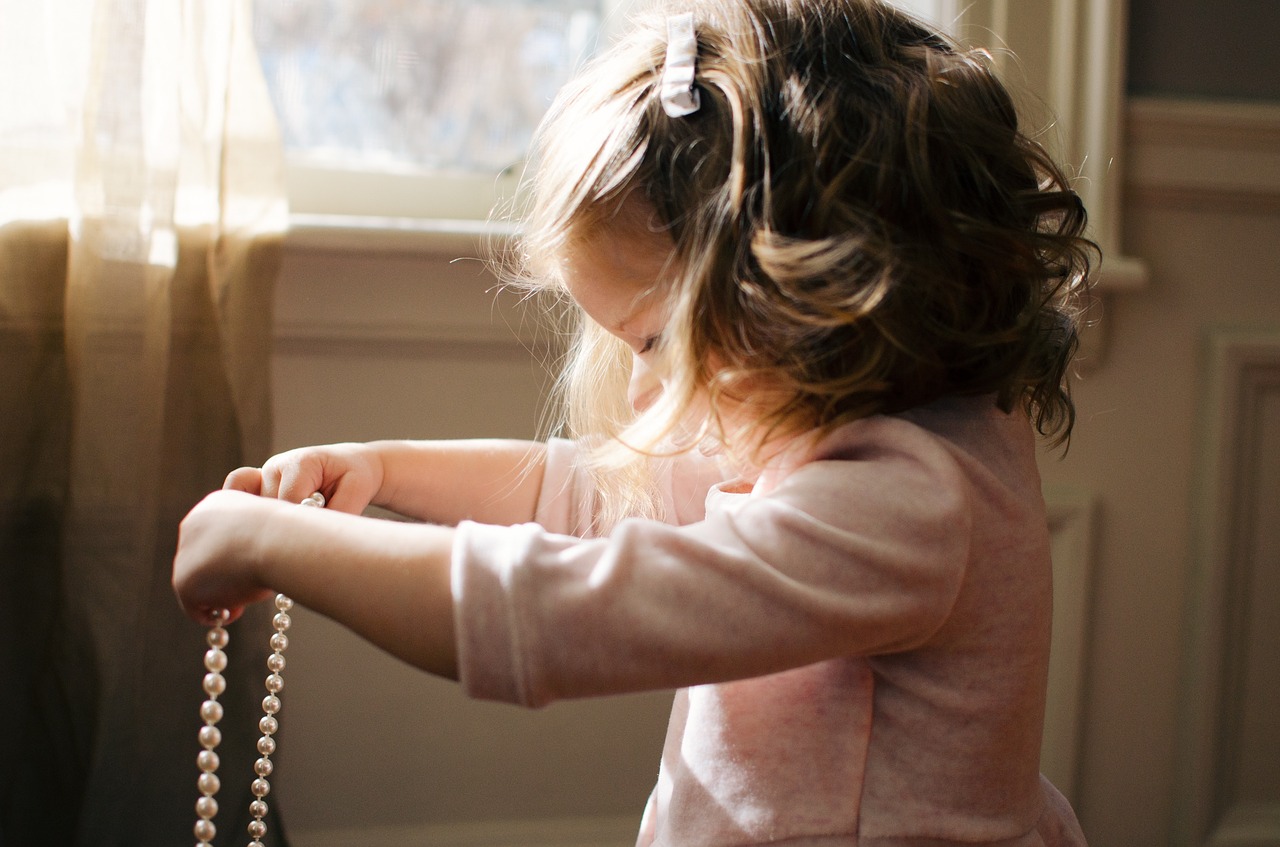
You want your home to be a place of rest and relaxation for the whole family, but any room in the home can be risky if you aren’t careful, especially if you have children. With thoughtful steps, you can prevent injuries and accidents, and know you’re keeping your family safe.
Children explore
Children are curious. It’s how they learn about the world, and according to Psychology Today, it’s a vital part of their development. Exploring the home and experimenting with the various objects in it, even in spite of parental protests, is normal and healthy behavior. When a child opens a forbidden cupboard for the eighth time after being scolded, or grabs a handful of books and pulls them off a shelf, it’s not because they’re trying to be disobedient, and it’s not due to poor parenting. Children simply are excited about exploring, and everything they see is wondrous and interesting to them. Because of this, it’s your role as a parent to take steps to reduce risks in the home, yet still encourage their desire to learn and explore. When your child is older, the limits and instruction you provide now will be the foundation for your child’s judgment and self-control.
Childproof the house
The first step toward creating a healthy and safe environment for your child to grow and learn in is to childproof the house. Anything within reach that is questionable should be removed. For instance, the potted plant and the glass-topped coffee table it sits on are both hazards. The plant should be moved to a place your child can’t reach or an inaccessible room, and the coffee table should either be replaced or stored until your child is older. If you don’t have sufficient space to store risky items, consider donating or selling them. It’s not worth your child’s safety to hang onto items that are hazardous.
Reinforce limits
Another important step toward reducing risk is to reinforce limits. Even when you remove items that are clearly dangerous, your child may find ways to turn items that seem safe into risks. When your child is reaching for a forbidden item, scold in a strong tone and use a simple word, such as, “No!” Reinforce that instruction by picking your child up, physically stopping your child from his or her pursuit.
Explain your reasons
Sometimes, giving your child a reason for not handling something is sufficient to end the behavior. For instance, if your child is reaching for a hot tray of cookies, you can explain that the tray is hot and your child will be burned.
Use boundaries
Physical boundaries, such as child gates, locked cabinets, and secured doors, offer a simple solution to controlling unwanted explorations. Sometimes, a carefully-placed piece of furniture can even inhibit a child’s inappropriate activity.
Your child does need places to explore as part of their development, so find ways to encourage explorations that are safe. For instance, if your child is trying to climb on a shelving unit, explain that they are not making a safe choice, and then provide something to climb on that is safe, such as a stack of cushions.
Assessing your home
It’s important to make a detailed assessment of your entire home for safety risks. Here are some major items of concern:
- Some professionals suggest batteries should be safely stored out of reach and secured.
- Lock up sharp objects, such as razors, box cutters and knives.
- Liquid laundry packets, medications, and other poisons should be out of reach and secured.
- Locking dishwashers and installing child-proof cabinet locks in bathrooms and kitchens is a simple step advised by some experts.
If you feel overwhelmed by the many items your child could turn into hazards, Kids Health offers handy room-by-room safety checklists.
Safety first
We all want to feel relaxed and secure at home. Ensuring your child’s safety by taking steps to reduce risks should be your top priority. With appropriate measures in place, your home can be a healthy, safe environment for your child to grow in and explore.
Image courtesy of Pixabay
